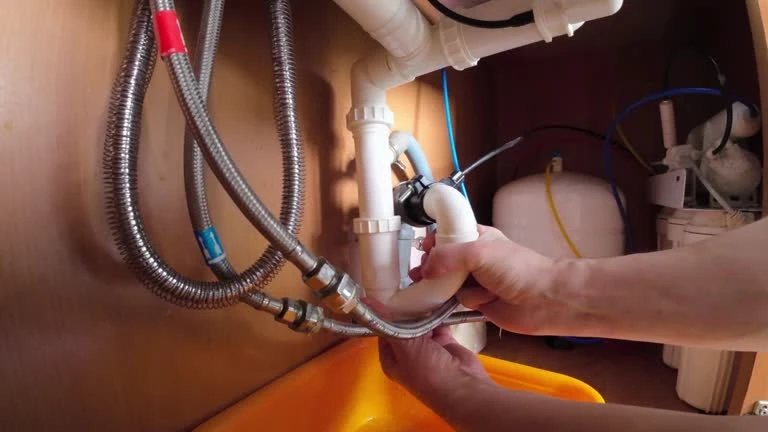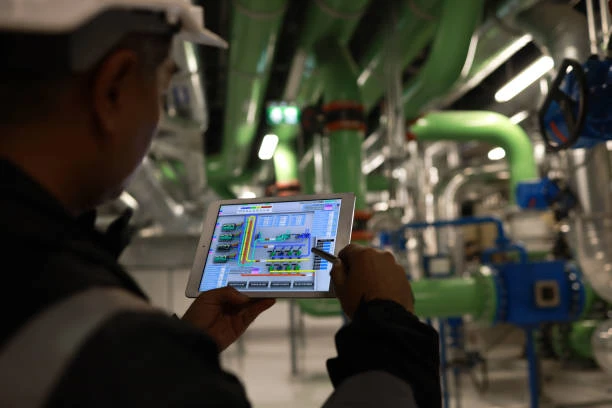Introduction: Overview of Installing Copper Faucets in Public Areas
Installing copper faucets, such as bibcock brass valves, in public areas requires special attention to durability, ease of use, and maintenance. Public spaces often experience heavy usage, which demands robust, corrosion-resistant fixtures. Copper faucets stand out due to their longevity, antimicrobial properties, and aesthetic appeal, making them an ideal choice for parks, schools, community centres, and other public facilities. This article provides practical tips for installing copper faucets in these environments, including FAQs, valve basics, application areas, buying advice, installation guidelines, and material comparisons to help you make informed decisions.
Frequently Asked Questions (FAQ)
1. What is a bibcock brass valve?
A bibcock brass valve is a type of faucet made from brass (a copper alloy), designed to control water flow in outdoor or public settings. It is robust and often fitted with hose connectors.
2. Why is copper preferred for public area faucets?
Copper offers excellent resistance to corrosion, microbial growth, and wear, making it suitable for heavy usage and varying weather conditions.
3. Can copper faucets be installed in both indoor and outdoor public spaces?
Yes, copper faucets are versatile and suitable for both indoor public restrooms and outdoor areas like parks and gardens.
4. How do I maintain a copper bibcock faucet in public areas?
Regular cleaning, checking for leaks, and prompt repairs help extend the faucet’s lifespan and maintain hygiene standards.
5. Are copper faucets more expensive than other materials?
Copper faucets may have a higher upfront cost but offer better longevity and less frequent replacement, making them cost-effective over time.
Basic Definition and Characteristics of Bibcock Brass Valves
A bibcock brass valve is essentially a water outlet valve made from brass, which primarily consists of copper and zinc. It is designed for controlling water flow, typically featuring a simple open/close mechanism controlled by a handle or lever.
Key characteristics include:
Corrosion Resistance: Brass resists rust and mineral buildup, especially important in outdoor or high-use environments.
Durability: Brass withstands mechanical wear and high water pressure without deformation.
Antimicrobial Properties: Copper in brass reduces microbial growth, helping maintain hygiene in public spaces.
Thermal Resistance: Suitable for both hot and cold water applications.
Ease of Operation: Designed for simple, reliable user control with minimal maintenance.
These valves come in various sizes, often 1/2 inch or 3/4 inch, to fit standard plumbing connections.
Common Uses and Application Industries
Copper bibcock brass faucets find their use in a variety of public and commercial settings:
Public Parks and Gardens: Water taps for irrigation and public use.
Schools and Educational Institutions: Durable faucets in restrooms and science labs.
Community Centres and Public Pools: For shower areas and water access points.
Public Restrooms: Where robust and hygienic fixtures are critical.
Commercial Buildings: Maintenance and janitorial stations.
The versatility and toughness of brass bibcock valves make them highly reliable across many industries requiring frequent water access.
Selection Guide: How to Choose the Right Copper Bibcock Brass Faucet
Choosing the right faucet involves considering several important factors to match the demands of public use:
Material Quality
Opt for high-grade brass with a high copper content for superior corrosion resistance and longevity.
Finish and Appearance
Select finishes that resist tarnishing and are easy to clean. Polished, satin, or antique finishes can be considered depending on the environment.
Certifications and Compliance
Ensure the faucet complies with relevant plumbing standards such as ASTM, CSA, DIN, GB, or ISO certifications for safety and performance.
Valve Type
Ceramic disc valves are preferable over traditional rubber washers to reduce leaks and maintenance frequency.
Thread Type and Size
Confirm thread compatibility with local plumbing codes—commonly BSP (British Standard Pipe) or NPT in some regions—with standard sizes like 1/2 inch or 3/4 inch.
Additional Features
Look for vandal-resistant handles or locking mechanisms if the faucet is in a high-traffic or potentially unsupervised area.
Installation Considerations for Copper Faucets in Public Areas
Correct installation is crucial for durability and performance in public spaces. Follow these guidelines:
1. Prepare the Site
Ensure the mounting surface is stable, clean, and suitable for copper faucet installation. The hole size should match the faucet base.
2. Shut Off Water Supply
Before installation, turn off the water supply to prevent leaks or water damage.
3. Use Proper Sealing Materials
Apply PTFE tape or appropriate sealants on threaded connections to prevent leaks.
4. Tighten Correctly
Hand-tighten first, then use a wrench to secure the faucet firmly. Avoid over-tightening, which can damage threads or the faucet body.
5. Test for Leaks
Once installed, slowly turn on the water and check all joints for leaks. Re-tighten or re-seal if necessary.
6. Secure the Faucet
For public areas, secure mounting with screws or bolts to prevent tampering or theft.
7. Provide Easy Access
Make sure the faucet handle is easily accessible and operable by all users, including children or people with disabilities if applicable.
8. Routine Inspection
Schedule regular checks to identify wear, leaks, or damage, ensuring prompt repairs.
Following these steps ensures a long-lasting installation with minimal disruptions.
Copper Bibcock Brass vs Other Material Faucets: Comparison Table
| Feature | Copper Bibcock Brass | Plastic Faucets | Stainless Steel Faucets | Zinc Alloy Faucets |
|---|---|---|---|---|
| Corrosion Resistance | Excellent | Poor to Moderate | Excellent | Moderate |
| Durability | High | Low | High | Medium |
| Heat Resistance | Very Good | Poor | Excellent | Moderate |
| Antimicrobial Properties | Present (due to copper) | None | None | None |
| Maintenance | Low | High | Low | Moderate |
| Lifespan | 15–20 years | 3–5 years | 10–15 years | 5–8 years |
| Cost | Moderate to High | Low | High | Low |
| Environmental Impact | Recyclable and eco-friendly | Less eco-friendly | Recyclable | Moderate |
Copper brass bibcock faucets provide an excellent balance of durability, performance, and hygiene, ideal for the demanding use in public areas.
Conclusion: The Smart Choice of Copper Faucets for Public Installations
Copper bibcock brass faucets offer the durability, corrosion resistance, and user-friendly features needed in public areas. Their antimicrobial properties help maintain hygiene, while their robust build withstands heavy usage and weather exposure. By following the installation tips shared in this guide, you ensure long-lasting performance and minimal maintenance. Investing in quality copper faucets not only enhances the functionality of public water points but also reduces overall maintenance costs, making them a smart choice for any public facility.
Contact IFAN for Catalogs and Samples
Need technical documents, catalogs, or sample products? Reach out to IFAN today.
For more information,pls visit our webside https://waterpipefitting.com/
Pls Mailto: [email protected]
Whatsapp: +86 15088288323
Our team responds quickly and provides professional support for all your pipeline needs.
IFAN International Standard
IFAN piping systems comply with a wide range of international standards to ensure high quality and performance. These include:
ASTM F1974 and ASTM F1281 for multilayer piping systems
CSA B137 for Canadian plumbing applications
DIN 16836 for German technical specifications
GB18997 for Chinese standards
ISO 21003, covering multilayer piping systems used for hot and cold water installations
This broad certification scope highlights IFAN’s commitment to global compliance and product reliability.














Recent Comments